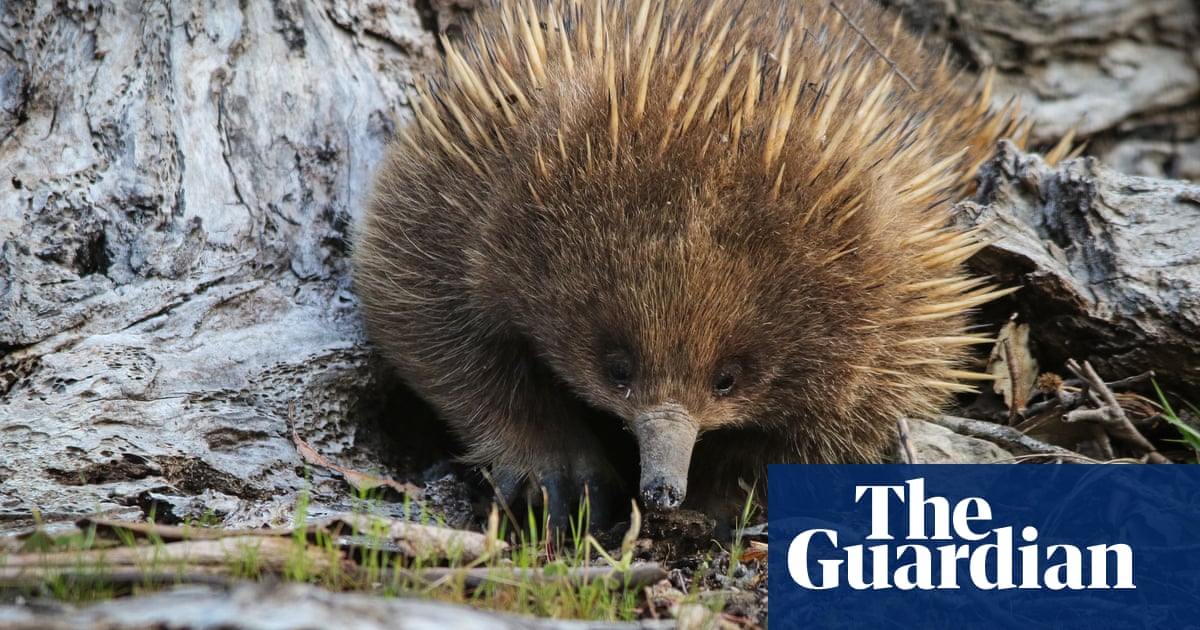
"Echidnas and another Australian oddityâthe semi-aquatic platypusâare believed to have evolved from a common ancestor called Kryoryctes cadburyi that lived in Australia more than 100m years ago."
"While that would be an extremely rare event, we think that's what happened with echidnas. We're talking about a semiaquatic mammal that gave up the water for a terrestrial existence."
"It was far more common for prehistoric mammals to go from land to water. Hand said this points towards seals, whales, dolphins and dugongs."
"Echidnas have backward-facing hind feet that help them shift mounds of soil when burrowing. These feet may have first developed as rudders helping the echidna's ancestor navigate fast-moving waterways."
Australian scientists confirmed that echidnas evolved from a water-dwelling ancestor, a rare biological transition from aquatic to terrestrial life. Their findings suggest this transition was unprecedented among mammals, typically transitioning from land to water. The research, drawing on fossil evidence, highlights traits like powerful digging claws and specialized feet that would aid in both water navigation and terrestrial movement. The echidna shares a common ancestor with the platypus, providing insights into the unique adaptations these egg-laying mammals developed over millions of years of evolution.
Read at www.theguardian.com
Unable to calculate read time
Collection
[
|
...
]